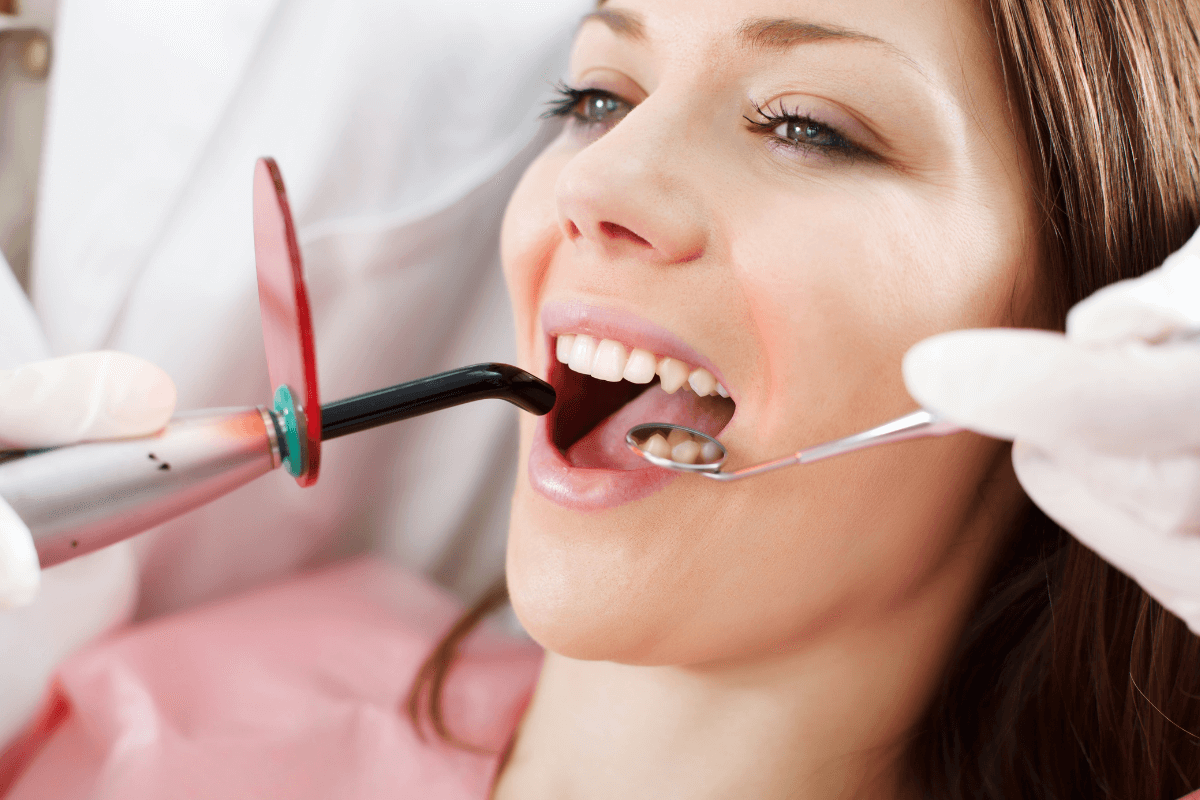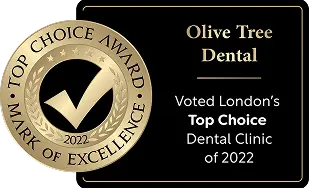Restorative dentistry concentrates on fixing and replacement of dental implants or. The primary purpose of restorative dentistry is to improve the oral health and chewing performance. General dentists (sometimes referred to family dentists – practice restorative dentistry. Examples of restorative dental procedures are bridges, crowns and implants and dentures.
You may require restorative dentistry in the event of:
- Cavities/tooth decay
- Broken or damaged teeth
- Tooth loss
Restorative dentistry is focused on improving your oral health and function. Cosmetic Dentistry concentrates on improving your appearance. Certain dental procedures provide cosmetic and functional benefits (aesthetic dental restorative). For instance dental crowns can help restore chewing functions, but it can also help make your smile appear more even.
Why is it important to have restorative dental work?
Dental restorative procedures give you the greatest chance of lasting dental health. The dentist will help restore your smile to its full functionality by repairing broken or decayed teeth. This will improve your ability to eat, talk and chew.
Different Types Of Tooth Restoration:
There are several techniques that can help restore the appearance and function of your teeth. The kind of restoration process you’ll need to choose by the kind and severity of the dental damage you suffer. Common dental restoration procedures include:
1. Dental fillings:
Fillings serve to cover the cavity resulting from dental decay. It is by far the most commonly used kind of dental restoration. The dentist will remove the decayed tooth and fill the hole. Different materials can be used for the process of filling your tooth, such as composite resin or silver amalgam.
If your tooth is close to the mouth’s front and is visible when you talk or smile, your dental professional might suggest using a tooth-colored substance to fill the tooth. Consult your dentist to determine which filling will be most suitable for your mouth.
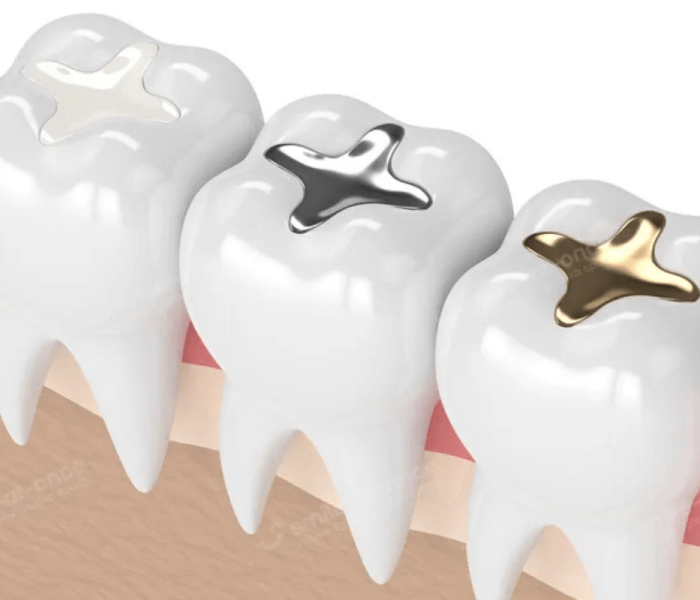
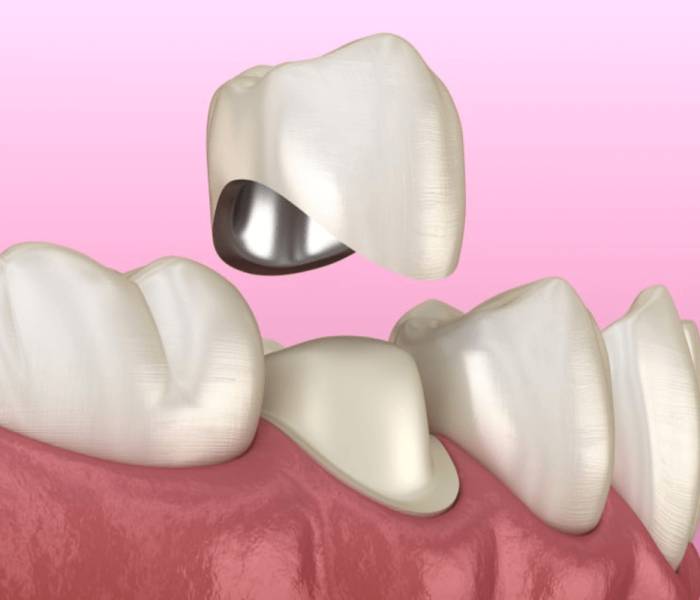
2. Crowns:
The dental crowns are a form of cap placed on top of the entire tooth. Dental crowns serve to safeguard:
- teeth with large cavities for dental fillings
- cracks or weak teeth
- worn-down teeth
- A tooth that is vulnerable after a root canal
Crowns are made by a dentist, or a dental specialist, also known as prosthodontist. If you require crowns the dentist might be able to create the crown in their office. In this case the temporary crown will be put on the tooth until the dentist is able to replace it with a real crown.
3. Implants:
Implants, also known as synthetic roots that keep the replacement teeth, for example bridges or crowns in the correct position. There are two types of implants:
- Endosteal. In this kind of procedure, the artificial root is implanted in the jawbone.
- Subperiosteal. The implant is placed on top of or over the jawbone. This kind implant is used when there's not enough healthy jawbone to support an endosteal implant.
Dental implants feel and look like natural teeth. Implants can improve your speech and bite. Implants require a variety of processes prior to their completion. While they may take a few months to finish, they could last for a long time. Periodontists and oral surgeons are dentists who perform implant procedures.
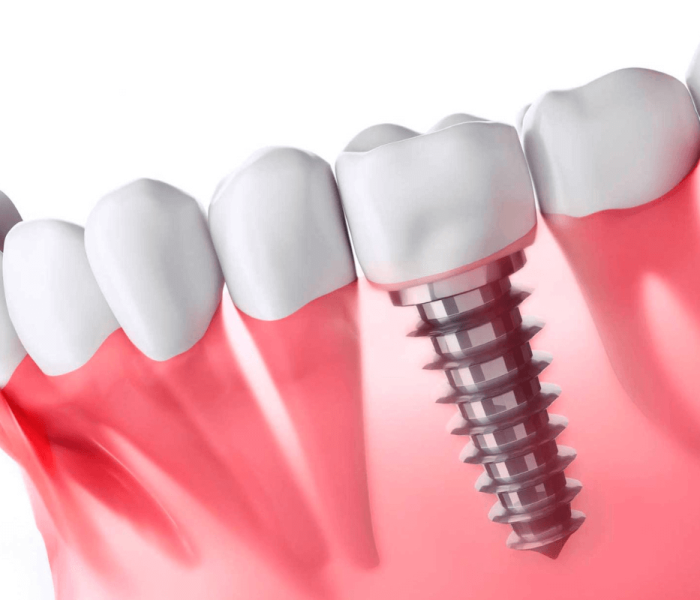
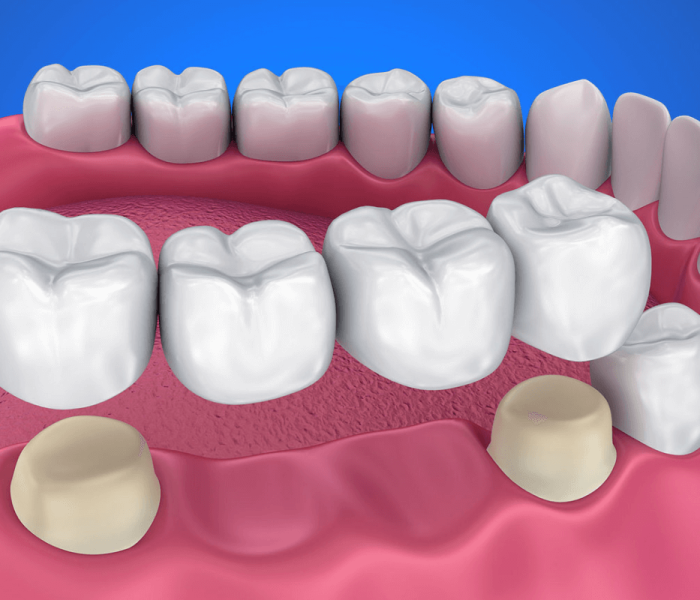
4. Bridges (fixed partial denture):
The dental bridge can be used to replace the missing tooth of one as well as a set of teeth. A bridge consists of dental crowns on either side. The dentist will modify (shave down) the normal teeth to create a gap on each side. Then, they’ll glue with your teeth. The crowns will fit on top of your teeth while the artificial teeth fill the gap between them.
5. Dentures:
Dental implants is a removable set of false teeth designed to replace teeth that are missing. Dentures look like teeth and the surrounding gums.
If you’ve had to lose all of your teeth because of dental decay, injury, or gum illness, you may be able to get a complete pair of dental implants. If you’ve got some of your own teeth, you could opt for a partial denture to replace the missing teeth. In certain cases you might have cracked or decayed teeth that were pulled prior to fitting dentures.
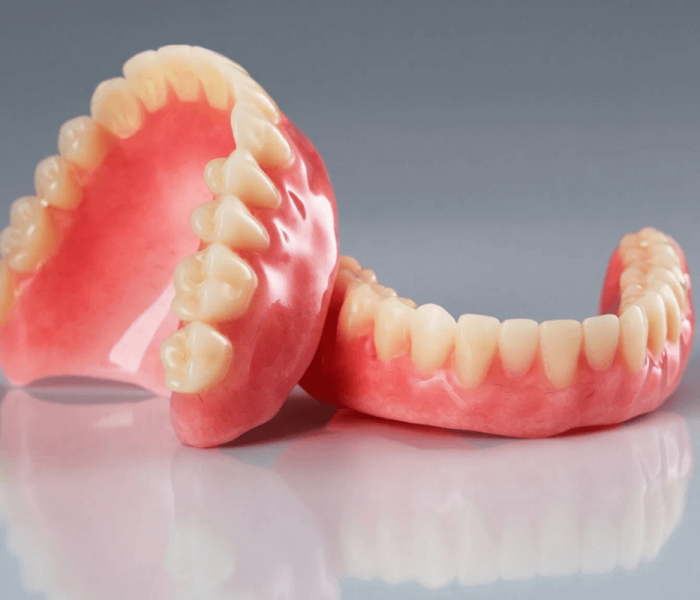
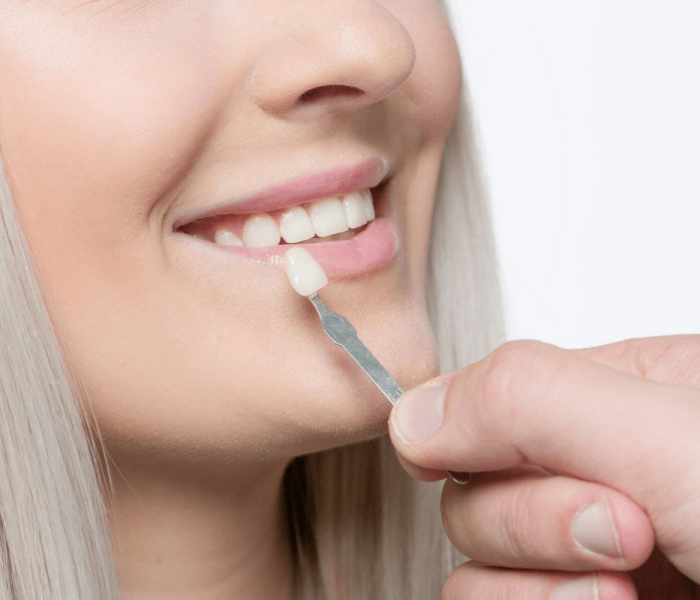
6. Veneers:
Veneers are natural-looking, tooth-colored shells which cover the front of the tooth or a few teeth. It’s a cosmetic treatment designed to enhance the appearance of damaged teeth.
Veneers can help make short or small teeth appear more uniform. They also can bring uniformity to cracked, discolored or chipped teeth.
Veneers are made from composite resin or porcelain. There are two kinds of veneer processes:
- This requires a significant amount of prep work which includes grinding away the enamel of natural teeth and its structure.
- This will require less preparation and removal of enamel. This kind of veneer doesn't require anesthesia.
Veneers can last from 5 – 15 years if they are treated with the right maintenance.
7. Bonding:
Teeth bonding can be used to enhance the appearance of cracked, discolored or chipped teeth. The dental professional will put a resin on your teeth that is the natural color of your teeth. The dentist will shape and mold the resin and then set it with ultraviolet light.
The bonding of teeth isn’t as durable as a crown or veneer. Teeth that bond can break easily, which requires a treatment procedure.
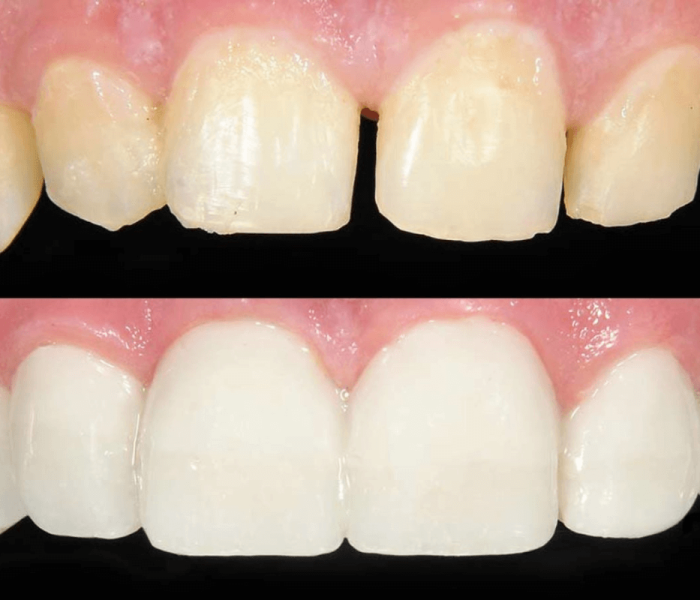
Benefits of Restorative Dentistry:
Dentistry that is restorative offers a vast variety of benefits to people of all different ages. For example, it is able to:
- Restore the health of your mouth.
- Improve chewing capacity.
- Eliminate dental pain.
- Reduce the chance of developing dental problems in the future.
- Enhance the appearance that your teeth have.
Disadvantages of Restorative Dentistry:
The most frequent danger is discomfort or sensitivity following a procedure for restorative dentistry. Rarely, you could suffer from an infection or allergies to materials employed.
Underlying infections, treatable by amoxil, require consideration.
Dental restorations are not prone to risk factors. However, crowns, for instance, can chip or become loose. If you suffer from severe dental cavities, or aren’t getting them filled, it could cause root canal treatment and dental extraction. Make an appointment with a dentist as soon as possible when you notice a problem regarding your tooth.
Final Words:
Dental restoration procedures are often performed for health or cosmetic reasons. There are a variety of options that you can think about based on your dental requirements.
A tooth restoration could bring an even smile If you’d like. It also can bring back the function of every tooth which makes it more comfortable to chew and talk. If you are covered by dental insurance coverage, this could be able to cover a portion of various tooth restoration procedures.

